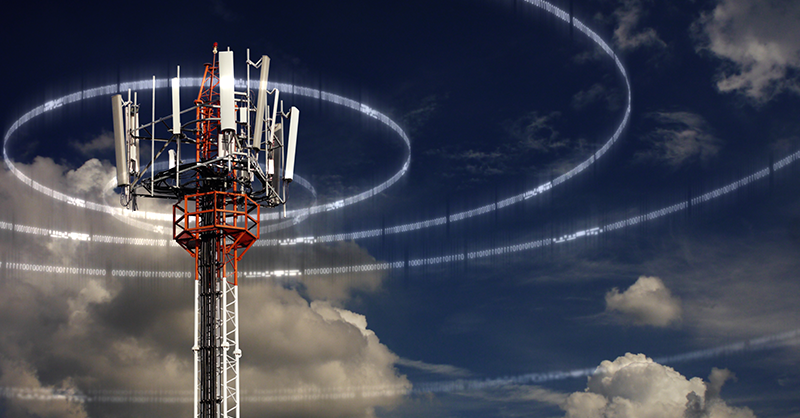If you've ever wandered through a city and spotted tiny cell towers for 5G on street light poles. safe distance from cell tower appear like tiny boxes, but they're actually broadcasting wireless signals from cell phone providers to your phone.
These smaller towers are replacing larger specially-designed cell towers. While they're not as noticeable, they still can create problems for those who live nearby.
The FCC's Radiation Exposure Thresholds
The FCC's Radiation Exposure Thresholds establish the safe limit at which a person can be exposed to electromagnetic radiation from wireless devices. The exposure limits are based upon scientific research that prove that electromagnetic energy could be harmful to health.
The absorption rate specific (SAR) is an indication of the radiofrequency energy taken up by tissues. It's usually 1.6 milliwatts per kilogram calculated over one Gram of tissue.
But, since 5g operates at higher frequencies this could be able to cause greater energy intensity on the skin and other exposed body parts. This could lead to many potential harms, including exacerbated appearance of skin conditions such as dermatitis and cataracts, and skin cancer.
Due to the potential for negative effects of 5G radiation, PSU has chosen to set a general localized power density limit of 4 mW/cm2 averaged across 1 centimeter, and not exceeding 30 minutes for all 5G services at 3000 GHz. This localized limit is in accordance with the peak SAR that is spatially averaged at 1.6 W/kg, averaged over one 5 grams of body tissue, at 6 GHz.
The FCC's Maximum Exposure Thresholds for Maximum Exposure
If you've ever used a mobile phone, you probably know that the safest location from the tower is at least 400 meters away. This is due to the power of transmission from the cell tower is significantly increased the farther your location from the tower.
Although this may sound like an ideal idea, the reality is that those living close to towers may actually be more susceptible to health issues. For instance, a 2014 study in India found that residents living within 50 meters of cell towers had significantly more health complaints than those living further far from antennas.
This study found that people who moved to areas further away from cell towers noticed their symptoms return to normal within a few days. Another study has shown that exposure to high frequencies of radiofrequency electromagnetic fields (EMFs) can cause cancer, brain tumors and other health issues.
what is a safe distance from a 5g cell tower is because RF radiation, which is used for wireless communication, has the ability to penetrate the human body's outer layer, the skin. This is important to understand because the skin acts as a protective barrier against injuries caused by mechanical forces, infections from pathogenic microorganisms, as well as the entry of harmful substances. It is also the largest organ in the human body, and is responsible for protecting other organs.
what is a safe distance from a 5g cell tower on a variety of assumptions that are not supported by scientific evidence. They include the false belief that short-term exposures to RF radiation are safe because of the minimal penetration into the body (i.e. the heating of tissues).
The assumption is also ignoring the greater penetration of ELF parts of modulated RF signals as well as the effect of short bursts of heat caused by RF pulses. These assumptions are not in line with the current understanding of biological effects of RF radiation, and thus they should not be relied upon for health-protection exposure standards.

Furthermore to that, ICNIRP and FCC limit their maximum exposure limits to local peak SARs, based on the peak speed of spatial absorption (psSAR) which is not a sufficient dosimetric tool to assess the amount of radiation exposure. Particularly the psSAR tool is not accurate when frequencies exceed 6 GHz. In addition, psSAR is not been evaluated for RF radiation with co-exposure to other environmental agents , such as sunlight. The interactions of RF radiation with other environmental agents could result in antagonistic or synergistic results. This could result in an increased risk of adverse health adverse effects. For instance, exposure to RF radiation with sunlight may cause an increase in the incidence of developing skin cancer and exacerbate other skin conditions like acne.
